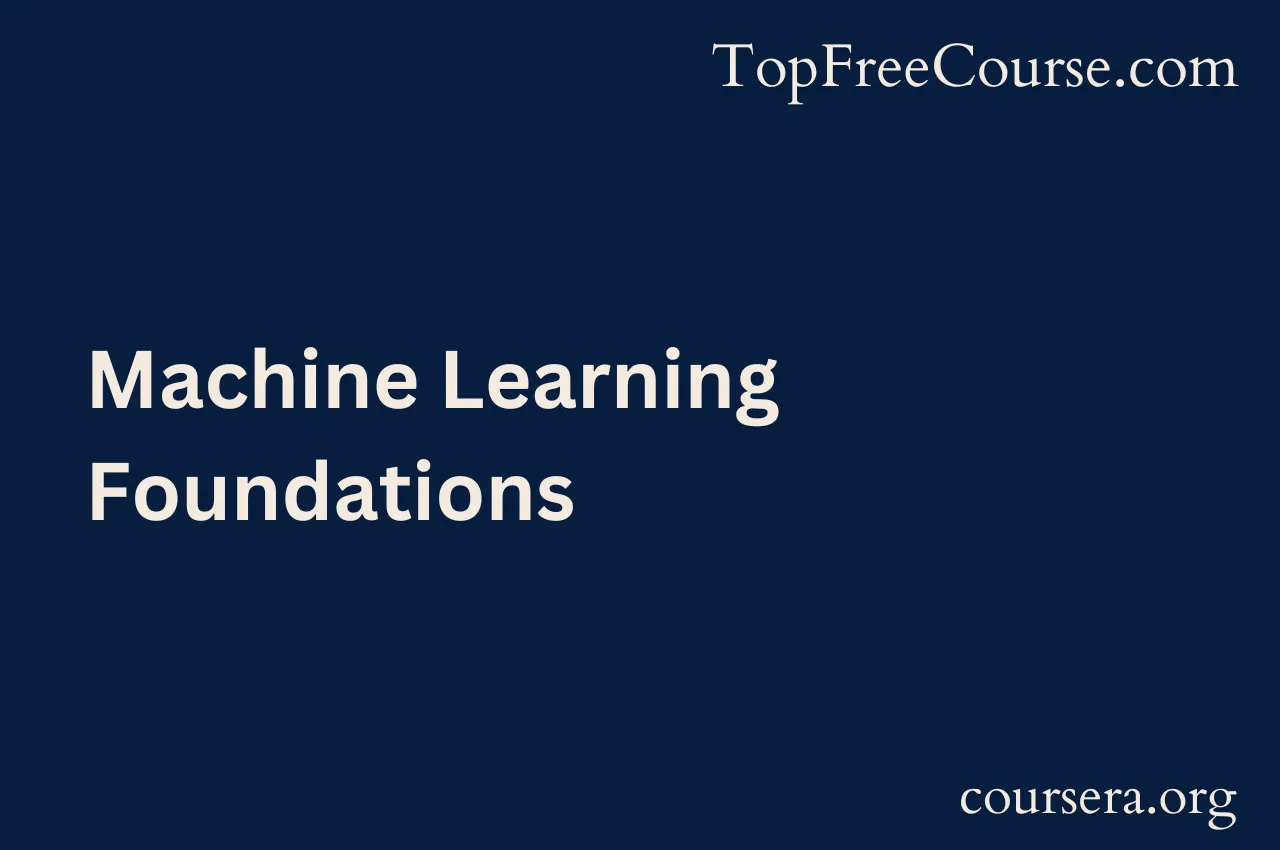What Will You Learn?
In this course, you will get hands-on experience with machine learning from a series of practical case-studies. At the end of the first course you will have studied how to predict house prices based on house-level features, analyze sentiment from user reviews, retrieve documents of interest, recommend products, and search for images. Through hands-on practice with these use cases, you will be able to apply machine learning methods in a wide range of domains.
About This Course
Provider: Coursera
Format: Online
Duration: 18 hours to complete [Approx]
Target Audience: Beginners
Learning Objectives: Able to build an end-to-end application that uses machine learning after completing this free course
Course Prerequisites: NA
Assessment and Certification: NA
Instructor: University of Washington
Key Topics: Python Programming, Machine Learning Concepts, Machine Learning, Deep Learning
Topic Covered:
- - Welcome to this course and specialization
- - Starting a Jupyter Notebook
- - Creating variables in Python
- - Conditional statements and loops in Python
- - Creating functions and lambdas in Python
- - Starting Turi Create & loading an SFrame
- - Canvas for data visualization
- - Interacting with columns of an SFrame
- - Using .apply() for data transformation
- - Predicting house prices: A case study in regression
- - What is the goal and how might you naively address it?
- - Linear Regression: A Model-Based Approach
- - Adding higher order effects
- - Evaluating overfitting via training/test split
- - Training/test curves
- - Adding other features
- - Other regression examples
- - Regression ML block diagram
- - Loading & exploring house sale data
- - Splitting the data into training and test sets
- - Learning a simple regression model to predict house prices from house size
- - Evaluating error (RMSE) of the simple model
- - Visualizing predictions of simple model with Matplotlib
- - Inspecting the model coefficients learned
- - Exploring other features of the data
- - Linear classifiers
- - Decision boundaries
- - Training and evaluating a classifier
- - What's a good accuracy?
- - False positives, false negatives, and confusion matrices
- - Learning curves
- - Class probabilities
- - Classification ML block diagram
- - Loading & exploring product review data
- - Creating the word count vector
- - Exploring the most popular product
- - Defining which reviews have positive or negative sentiment
- - Training a sentiment classifier
- - Evaluating a classifier & the ROC curve
- - Deep Learning

Comments